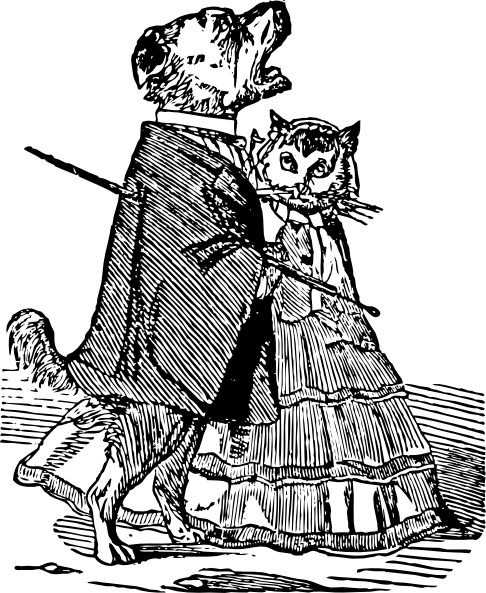
What can we learn from Dr. Peter Venkman about the Agile development process? It’s true that Venkman was the less technical member of his team. Clearly Dr. Egon Spengler was the blue-sky researcher while Dr. Ray Stantz was the practical engineer. But Venkman brought a lot to the table: Charm, business acumen, and the ability to spot an opportunity. In short, Venkman was the product manager.
Egon and Ray focused on arcane reference books and ecoplasmic gadgets. It was Venkman first used their technology to get results in the marketplace-or at least meet girls. Venkman was usually critical of Egon’s and Ray’s “out of the box” ideas but once won over Venkman stood behind his team and rallied them when the chips were down (as when Gozer the Destroyer took the form of the Stay-Puft Marshmallow Man).
Perhaps Ghost Busters is not a textbook example of product management in action but it’s a funny movie and I’ve worked with far less amusing product managers than Bill Murray’s lovable but obnoxious Venkman.
For all his faults Venkman obeyed the 4th principle in the Agile Manifesto:
Business people and developers must work 
together daily throughout the project.
Venkman did not separate himself from his team:
- He lived in the Ghost Busters HQ (Hook and Ladder 8 ) with Egon and Ray.
- He took his turn driving the ambulance that served as the Ectomobile (Ecto-1).
- He even wore the overalls and shouldered a Proton Pack.
Clearly Venkman, Egon, and Ray worked together daily as equals on each project, whether it was ridding a fancy hotel of a noisy poltergeist or cleaning ectoplasm off a hapless victim.
Too often in semi-Agile development processes product management (the business people) function as the boss. They make the decisions. They are the “decider guys” stepping into the problem space for a moment, asking for the summary, and making a quick decision without context or technical expertise (like Walter Peck from Environmental Protection who demands that the Ghost Busters shutdown their “storage facility” and inadvertently releases hundreds of ghosts into Manhattan).
The problem here is that software development is a complex, subtle, and sophisticated problem. It doesn’t sit well with summaries and snap decisions. To really make a good software product decision you have to get into the details. You don’t have to be a programmer but you do have to live with one. Any complex, subtle, sophisticated process benefits tremendously from people who work so closely together they know each other’s strengths and compensate for each other’s weaknesses.
To ensure the cats and dogs are living together I recommend the following four “Make Sures” (as usual based on the bitter pill of experience):
- Make sure the product owners (product managers, business people, what ever you call them) sit with the engineers. It’s good if they eat lunch with them and go out for beers once a week.
- Make sure the product owners and engineers understand that they are all pigs. The product owners are not “management” and the engineers are not “labor”. This means product owners must participate in the development process in real time.
- Make sure the roles and responsibilities of the product owners and development leads are clear. PO’s own the backlog and priority. DLs own the sprint backlog and technical strategy.
- Make sure the team makes all decisions though rigorous debate. There is always a business trade off and a technical trade off that has to be resolved-If not you’re not innovating. Software development is not a democracy and everyone does not have to agree. But the best path, not the most obvious one, has be discovered.
Comments
2 responses to “Human sacrifice, dogs and cats living together… mass hysteria!”
I can’t believe you didn’t repeat the Venkman statement to the Mayor re Peck’s anatomy.
Kevin, my kids read this blog! Well actually no, my kids never read my blog. I just couldn’t figure out how to work it into the Agile process LOL!